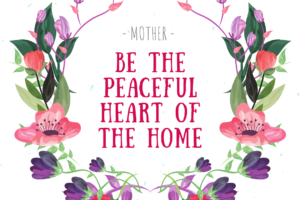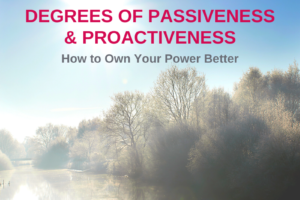When applying essential oils aromatically, the essential oils enter your body through your olfactory sensors in your nose or through the alveoli in your lungs.
When inhaled, some essential oils can be very stimulating while others are very calming or soothing. Because of the highly volatile (meaning easy to evaporate) nature essential oils, they are widely known for their fragrance, and have been long used in perfumes and colognes. Our sense of smell is closely tied to our brain’s memory, emotional, and stress-response function, therefore essential oils can have a profound impact on these areas of our lives. Traditionally using the aroma qualities of essential oils to produce wellness benefits is called aromatherapy. Aromatherapy is the widest accepted method of essential oil use.
OPEN BOTTLE: The easiest way to do this is to just open the bottle and smell.
CUPPED HANDS: More effective still is to put a drop or half of a drop on your hand, rub it together with the other hand, cup your hands over your mouth and nose and inhale. This is a powerful jolt of essential oils.
PAD OR TISSUE: Place a drop or two on a tissue where you can inhale as you work. Great for changing your mood or emotional response.
ORNAMENT: Especially during Christmas-time, you can put a few drops on a Christmas ornament or decoration. This works for any other holiday as well. Try the Love Potion on flowers for Valentine’s Day, of a spice blend for Thanksgiving.
PILLOW: To help you or your children sleep, place a drop or two on your pillow.
NECKLACE OR BRACELET: Not only are these fashionable, they are also very therapeutic. Everyone will be wearing them in the future.
HUMAN DIFFUSERS: Your body heat is perfect to sustain the release of essential oils applied Topically that are not absorbed into the skin.
DIFFUSING WITH DIFFUSERS: The most practical way to experience essential oils is to use a diffuser. Diffusing allows for continuous application, which can enhance and sustain the therapeutic value. There are several different ways to diffuse essential oils.
A Nebulizer blows a jet of air across a small tube, which creates a vacuum and pulls liquid from a tube. The nebulizer basically blows the oil away into the air in a fine mist. No water is needed. You generally just screw in the essential oil bottle. These are best for therapeutic use because the whole oils is put in the air at once (high notes and low notes). It does have a higher sound and uses you oils quicker, but it does cover a larger area. Good nebulizers have settings where you can control the amount of oil used, how often and how long it stays on.
Ultrasonic or Humidifying diffusers create a fine mist by causing a small disc under the surface to vibrate very fast. The vibrations break the essential oils into tiny particles dispersing the oil in a fine mist. They require water with a few drops of essential oil. They run for 2, 4 or 8 hours at a time (depending on how deep the water well is). The process seems to blow a visible column of mist out of the machine at the same time creating a gentle sound of trickling water. No heat is used in the process, so the mist generated is very cool. These diffusers rely on the air currents in the room to disperse, and they generally cover smaller spaces compared to nebulizers. These diffusers are popular due to the price, the value, and the ease of use.
Evaporative diffusers merely release essential oils into the air by evaporation. The simplest form of evaporative diffuser is a tissue with some essential oil on it. This type of diffuser has a pad or some other absorbent material where you can place your essential oil. Some evaporative diffusers are powered by fan, others take the form of necklaces, inhalers, or just about anything. Even your Christmas tree ornaments can become essential oil diffusers.
Low heat diffusers work much like evaporative diffusers, but rather than blowing air through the pad oil absorbent material, they apply low heat to speed up the evaporative process. The best heat diffusers use a low level of heat to aid in evaporation. Like evaporative diffusers, these are very quiet.
Although high heat can produce stronger aromas, the high level of heat actually alters the chemical constituent of the oils. So even though you have a great aroma, you lose the therapeutic benefit.
AVOID oil burners as if they were zombies. These destroy the chemical makeup of the essential oil and hence the therapeutic benefit. Although they may smell great, there are more excellent ways of getting your essential oils diffused.
BENEFITS OF AROMATIC USE
Some of the main benefits of aromatic application include
- Enhance mood
- Clear Airways
- Supports Memory
- Cleanses Air
- Releases Emotions
- Supports Cognitive Abilities
For a Full Diffuser overview, click here.


















